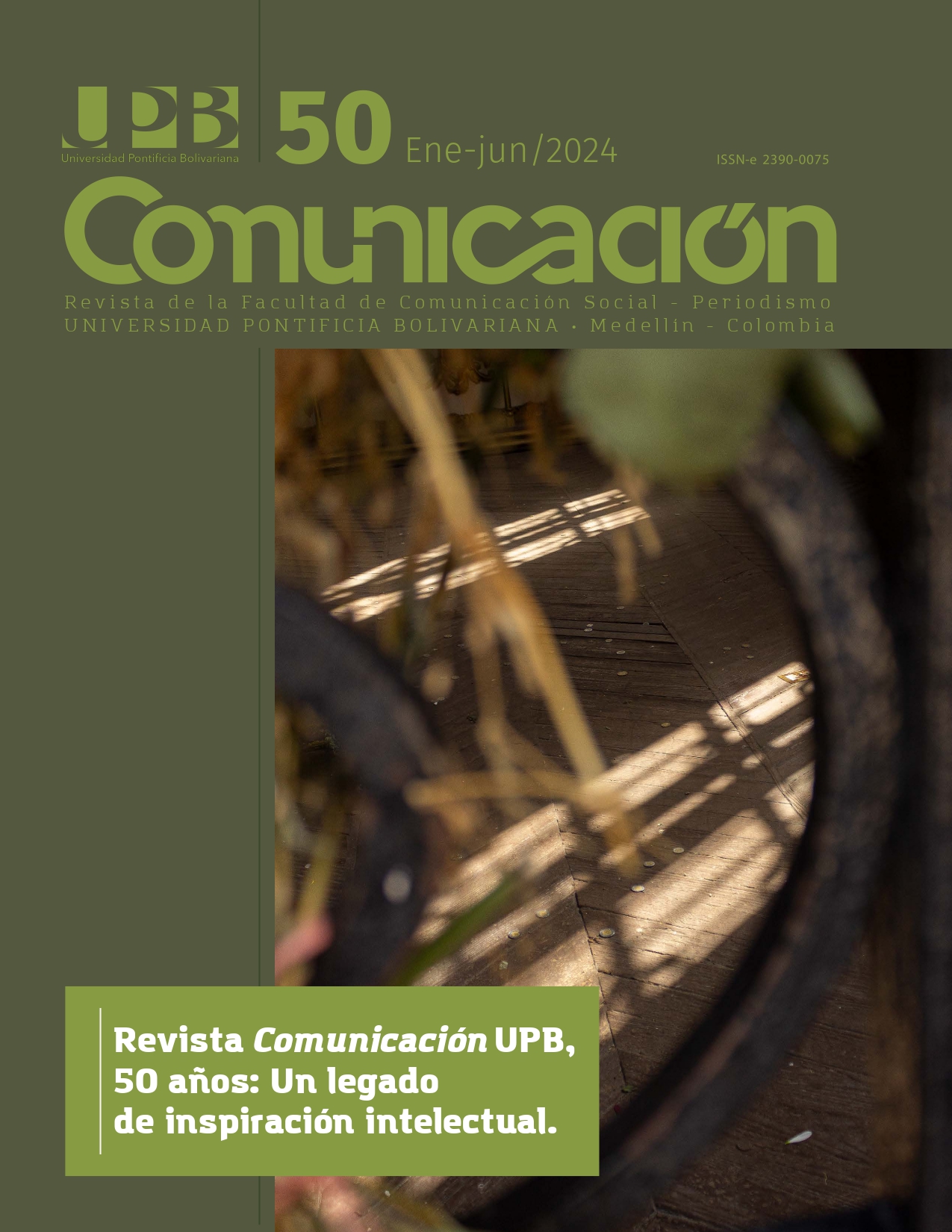Challenges for the Publishing Industry in the 21st Century: The Case of Orsai Publishing
Main Article Content
Abstract
At the beginning of the 21st century, the publishing industry was going through a crisis not only as a consequence of the echoes of the international financial crisis of 2008, but also as a result of the digital transition that had already begun some years ago and that predicted the exhaustion of the paper format.
In this context, the writer Hernán Casciari started an independent publishing project renouncing to any kind of state or corporate funding and guaranteeing a printed product in the highest graphic quality of the market, where the most relevant literary pens wrote and were paid better than in any publishing house of the traditional circuit. The project was called Orsai.
To date (2023) more than ten years have passed since its inception and the project is not only still standing but has expanded its frontiers towards audiovisual production and significantly increased the number of readers (subscribers, contributors) that accompany this growth. Although Orsai carries out different projects (as one of its oldest slogans says “what started as a blog can become anything”), in this paper we focus on its editorial project which -as we will see- is impossible to refer to without mentioning its founding milestone: Orsai magazine.
In order to analyze the economic dimension of the Orsai publishing house, we describe the tensions it produces with the predominant business models in the publishing industry, concentrating on some characteristics and nodal points of Orsai’s history. To talk about the economic dimension, we will consider not only the way in which the publishing house finances itself, but also the changes it proposes to the legal bureaucratic system that regulates the economic relations within the traditional publishing industry, and the relative weight of each of the actors that integrate it.
References
Bilbao, U. G., y de la Piscina, T. R. (2019). Revistas Jot Down, Anfibia y Panenka: tres formas audaces de entender el periodismo narrativo digital en plena crisis del papel. Revista Latina de Comunicación Social, 74, pp. 692-715. Enlace. https://nuevaepoca. revistalatinacs.org/index.php/revista/article/view/365/376
De Sagastizábal, L. (2006). Derechos de autor: Un análisis de perspectiva. Palabra Clave,#, pp. 101-107. Enlace. https://www.memoria.fahce.unlp.edu.ar/art_revistas/pr.4321/pr.4321. pdf .
Úbeda, F. J. R., y Lutzky-Susel, M. B. (2009). El fenómeno blog. Los blogs y su importancia en la comunicación institucional. Actas de Diseño, 7, pp. . Enlace. https://dspace.palermo. edu/ojs/index.php/actas/article/view/2934/4301






